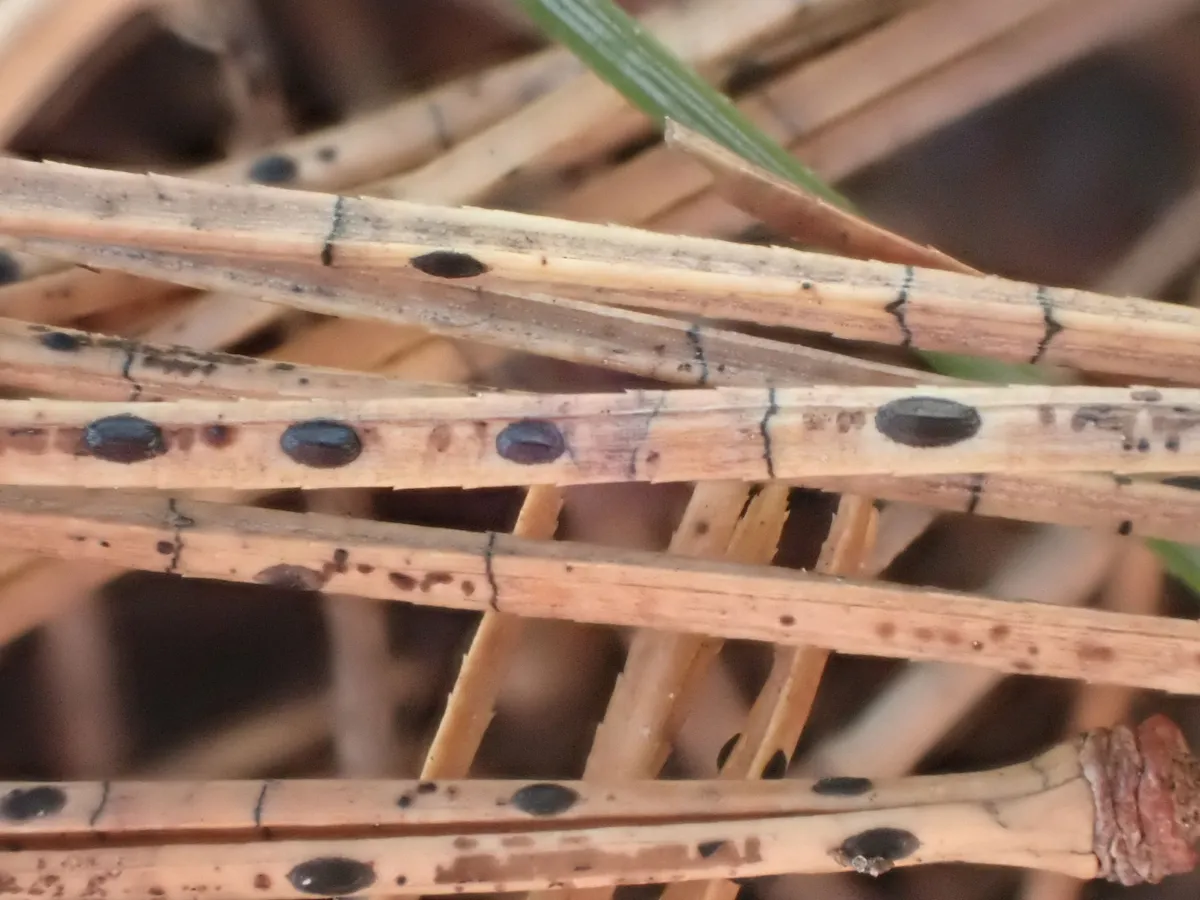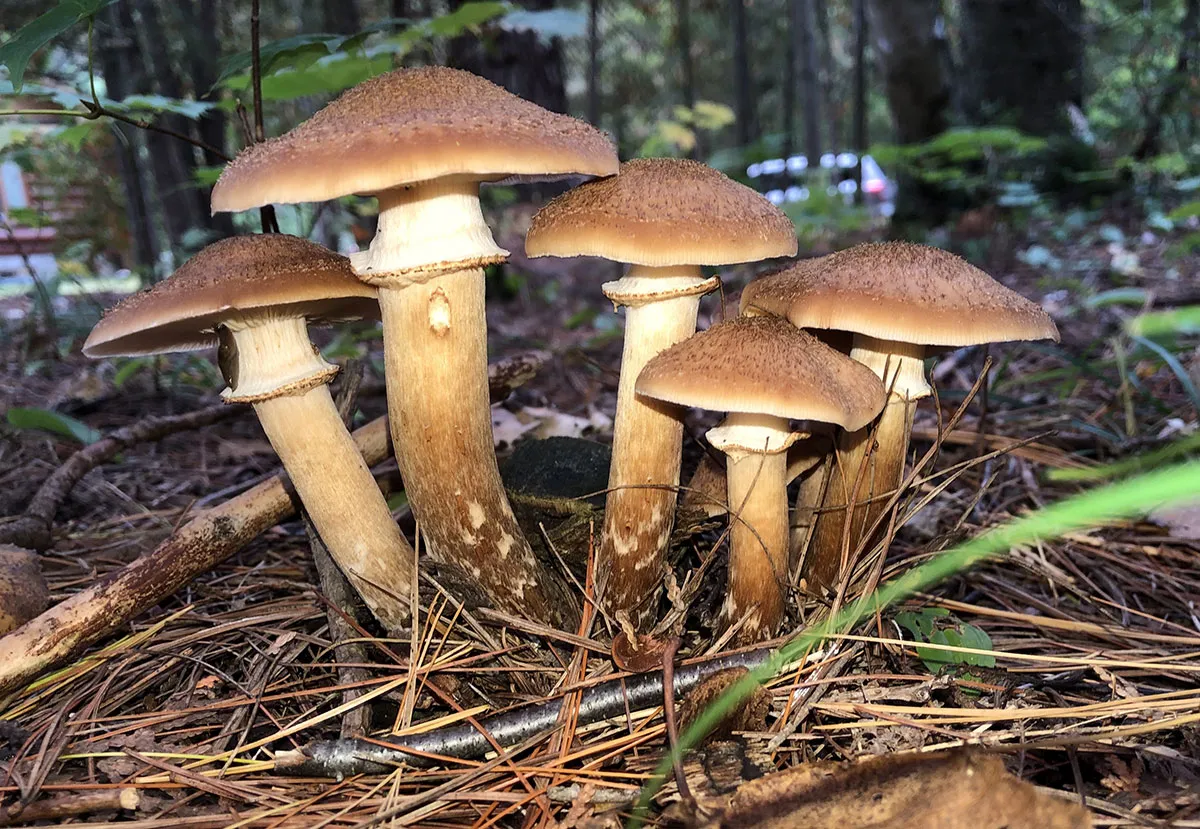Most of us know far more about animals, plants and even bacteria than we do about fungi. But this kingdom of life contains a wide array of species – far more than just the mushrooms we eat and the moulds that grow on our food. In fact, they're around us all the time, even playing a vital role in our gut microbiome.
InThe Hidden Kingdom Of Fungi, Keith Seifert explores how fungi are intimately connected to all life on Earth. Read on for 10 fabulous facts about fungi.
Your house may be home to 600 different fungi
Scientists used to think that Western homes harboured about 100 fungal species, but next-generation DNA barcoding of my house detected around 600 species.
This is a typical number. The fungi come along with food, blow through windows, or grow as endophytes concealed in needles of Christmas trees. Some do set up shop and grow in house dust, textiles, and on building material, especially in modern homes with more insulation and reduced ventilation.
In our quest to lower heating costs, we increase the humidity and warmth of indoor air: the perfect environment for moulds. For inhabitants with serious allergies or asthma, this can be dangerous, but to most of us it is just a nuisance.

Your scalp is home to many yeasts
Up to 10 million cells of dandruff yeasts are found on the average scalp, each of them living about a month.
Scientists believe they stop our skin from drying out and discourage potentially infectious microbes. But our bodies shed up to 40,000 epidermal cells per day (around 4kg per year) to keep the skin surface from being smothered by these yeasts – the phenomenon we call dandruff.
Fungal infections may have been involved in the extinction of the dinosaurs
The fungal infection-mammalian selection (FIMS) hypothesis suggests mammals rose to dominance because dinosaurs were killed off by fungal infections. After the Chicxulub asteroid hit the Earth and our planet began to cool, dinosaurs were unable to increase their body temperature enough to combat pathogenic moulds, whereas mammals had evolved a self-regulating thermal system.
Even today, the closest relatives of dinosaurs, reptiles, are cold-blooded and suffer more fungal diseases than mammals do.
You have fungi to thank for your jeans
The denim in stone-washed blue jeans is usually softened with cellulases made by the mould Trichoderma reesei.
Fungal enzymes are also magic ingredients in laundry detergent, and most of the citric acid used to give the pucker to fizzy drinks is produced by moulds grown in liquid fermenters much like those used in breweries.
Fungi could help us colonise Mars
NASA is considering myco-architecture – sheets of building material built from mycelia grown on site, for an eventual colony on Mars because hauling bricks, mortar, and wood from Earth would be extremely expensive.
It would be cheaper to build small factors on the Red Planet, where mycelium could be grown and fashioned into sheets similar to plywood. Photosynthetic algae could be sandwiched between flexible layers of compressed mycelium, making something like an artificial lichen, so that the buildings could harvest solar energy and produce their own oxygen.
Biofuels rely on fungi
Fungi play an important role in the steadily expanding alternative energy source of bioethanol, as well as other biofuels.
Bioethanol delivers less energy per litre than gasoline, but also less than half the carbon dioxide. The starting material is agricultural waste, such as corncobs, soybean stalks or sugarcane bagasse, ground into fine meal.
This powder is mixed with fungal cellulase enzymes that break the cellulose into sugar. The sugars are fed to brewer’s yeast in fermenters, and the resulting ethanol is distilled, then added to gasoline. Most western countries allow 5 to 10 per cent ethanol to be blended in petrol (up to 25 per cent in Brazil); higher concentrations need modified engines.
Fungi can be used to clean up pollution
Several moulds can use petroleum products as a carbon source. Enzymes isolated from moulds growing in the “plastisphere” can break the complex three dimensional matrix of plastic into simpler molecules that are easier to process.
The absorptive tendencies of fungal mycelium have been tested for cleaning up soil spills, mine effluents, radioactive waste, nerve gas residue and fuel spills using this process, called mycoremediation.
You should enjoy your coffee while you can
Coffee crops are under serious threat – from climate change, low genetic diversity, and the invasive coffee rust Hemileia vastatrix. This rust (related to the fungal cause of epidemics in wheat during the Great Depression) followed coffee trees around the globe as imperial powers fell in love with the brew and transplanted it in more and more countries.
The disease was first seen in Sri Lanka in the mid-19th Century, where it destroyed the coffee crop. It was then that the English lost their main coffee supply and adopted tea as their afternoon drink. Now the rust has caught up with the prized crops of South and Central America, with yield losses of 90 to 100 per cent. Coffee breeders hope to save the crops by generating resistant cultivars.
Fungi could save your life
Fungi are at the heart of life-changing medical breakthroughs, including the development of antibiotics such as penicillin and organ transplant drugs.
Penicillin, from the mould Penicillium rubens, was discovered by Alexander Fleming in 1928. It was not developed as a drug until a team of Oxford chemists began working with it during WWII. Research on the potential miracle drug was eventually moved to the US to keep it away from the Nazis.
During the war, the North American supply of penicillin was less than half an ounce, about the weight of a pencil. Mary Hunt, an assistant in the American lab, isolated a new strain from a rotting cantaloupe she purchased, which dramatically increased the penicillin supply. Her strain is still used to mass-produce the drug today, after it was mutated to further increase its output.
One of the largest living organisms on Earth is a fungus

Genetically identical clones of the honey mushroom, the tree parasite Armillaria, link together into huge underground networks. Known as the humongous fungus, the largest known individual is in Malheur Forest in Oregon, USA, covers 2,300 acres and is estimated to weigh up to 32,000 tonnes.
The Hidden Kingdom Of Fungi: Exploring The Microscopic World In Our Forests, Homes, And Bodies by Keith Seifert is out now (£18.99, Greystone Books).
Read more about fungi:
